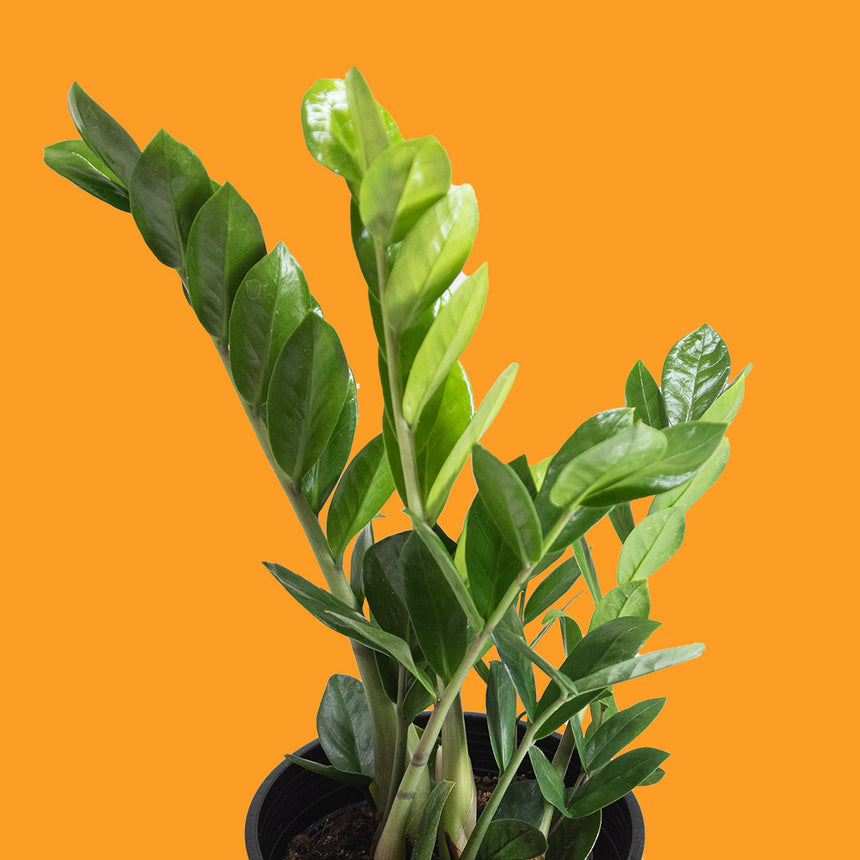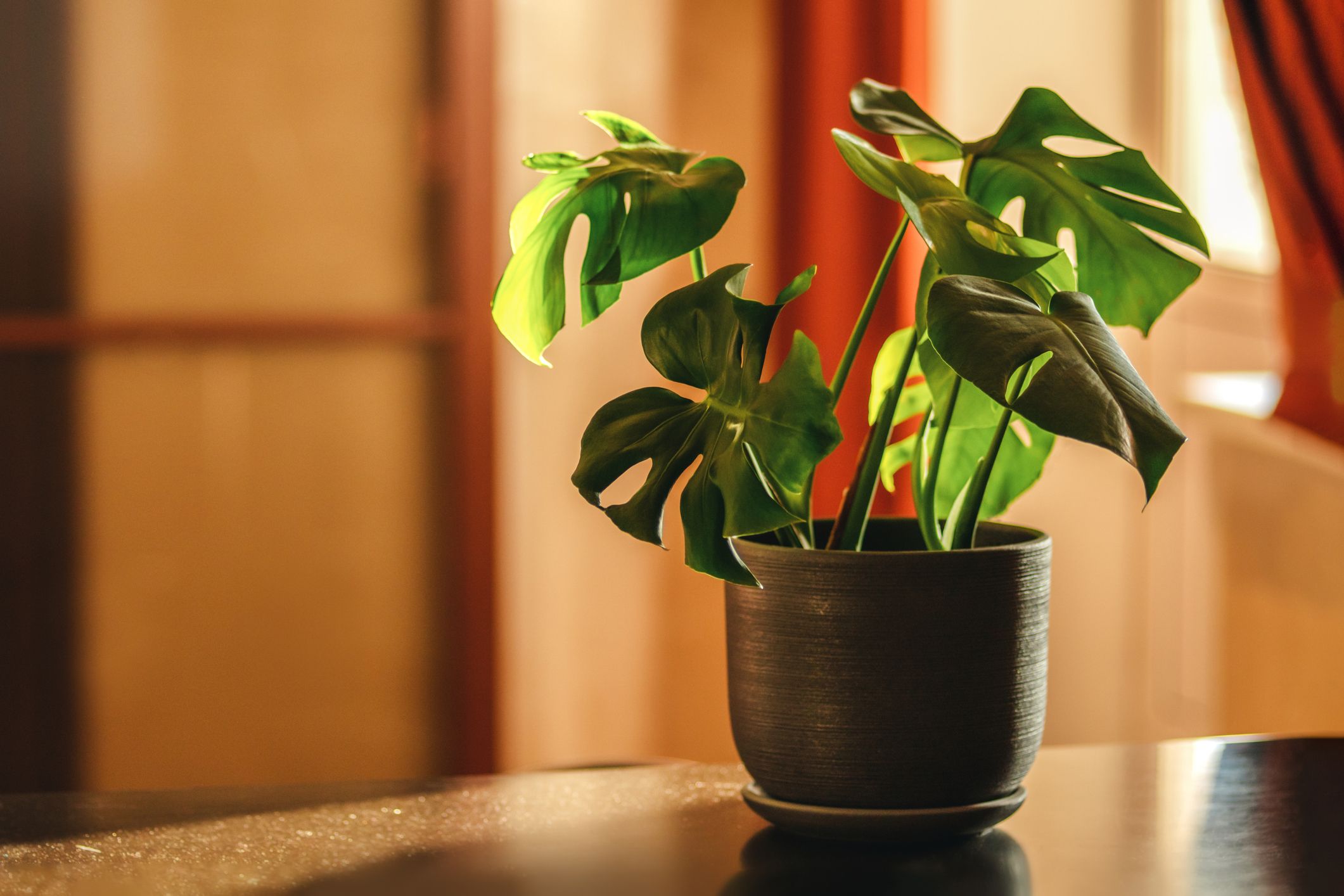Enhance Your Home Décor with the Best Low-Light Indoor Plants
Enhance Your Home Décor with the Best Low-Light Indoor Plants
Blog Article
Discover the most effective Low-Light Indoor Plants for Enhancing Your Home Decor
Incorporating low-light indoor plants right into your home design can dramatically improve both visual appeals and ambience, specifically precede that lack bountiful natural light. Ranges such as the Snake Plant and ZZ Plant not just bring life to lower corners however additionally add to enhanced air high quality and general wellness. Recognizing the distinct attributes and care demands of these plants can bring about a much more harmonious living atmosphere. As we discover the leading options and their imaginative applications, one might question exactly how these choices can change your area into a thriving sanctuary.

Why Select Low-Light Plants
Why go with low-light plants in your interior spaces? The modern-day living atmosphere frequently offers difficulties such as limited all-natural light, making it hard for conventional houseplants to thrive. Low-light plants are especially adapted to prosper and make it through in these problems, providing a sensible service for people seeking to improve their interior spaces without the included stress of preserving more light-demanding vegetation.
Along with their durability, low-light plants add dramatically to the appearances of a space. Their diverse series of sizes, shapes, and colors allows for distinct indoor style possibilities, developing inviting and vivid environments. Furthermore, indoor plants are recognized for their air-purifying high qualities, boosting interior air quality by filtering toxins and releasing oxygen, which can boost overall wellness.
Low-light plants also call for very little upkeep, making them specifically appealing to busy people or those new to gardening. Their flexibility enables for placement in different environments, from office to poorly lit corners of the home. By picking low-light plants, you can enjoy the benefits of plant without the restraints that usually come with standard gardening, ultimately cultivating a much healthier and much more aesthetically attractive indoor setting.
Leading Low-Light Indoor Plants
For those looking for to enhance their interior rooms with plant that flourishes in low-light problems, numerous plant alternatives attract attention for their strength and visual charm. The Snake Plant (Sansevieria trifasciata) is a preferred choice, understood for its upright, sword-like leaves and capacity to tolerate neglect. This hardy plant can endure in dimly lit locations while boosting indoor air top quality.
Another outstanding option is the Pothos (Epipremnum aureum), identified by its heart-shaped leaves and routing creeping plants. When put on shelves or hanging baskets., Pothos is not only versatile to low light yet also supplies a striking visual comparison.
The ZZ Plant (Zamioculcas zamiifolia) is just as outstanding, flaunting glossy, dark eco-friendly leaves that can illuminate any type of edge. Its drought resistance makes it perfect for hectic homeowners.
Treatment Tips for Low-Light Plants
Exactly how can you make certain that your low-light indoor plants grow in spite of restricted sunshine? First, pick the appropriate potting mix that offers great drainage while maintaining dampness. A well-aerated soil, such as a mix of potting soil and perlite, can assist protect against origin rot.
Watering is crucial; low-light plants usually require less constant watering compared to their sun-loving equivalents. Always inspect the top inch of the dirt-- if it really feels completely dry, it's time to water. Beware of overwatering, as this can result in fungal problems and root decay.
Feeding low-light plants should be done sparingly - Best low-light indoor plants. Use a well balanced, water-soluble plant food throughout the expanding season, but eliminate or decrease fertilization in the dormant click this months
Additionally, dust can collect on leaves, preventing photosynthesis. Carefully wipe the fallen leaves with a moist cloth to maintain them tidy.
Lastly, observe your plants closely. Signs of distress, such as yellowing leaves or leggy growth, can show that your plant needs modifications in care (Best low-light indoor plants). By following these treatment pointers, your low-light interior plants can thrive, adding appeal and vitality to your home
Imaginative Ways to Show Plants
Elevating the aesthetic appeal of your interior space can be achieved by attentively showing your low-light plants in creative methods. Take into consideration using vertical room to your advantage; wall-mounted shelves can showcase routing plants like pothos or philodendron, including lushness while conserving flooring area. Additionally, make use of plant stands of varying elevations to develop aesthetic rate of interest and deepness, drawing the eye upwards.
Hanging planters are an additional excellent alternative, offering a remarkable effect when put on hold from the ceiling or hooks. Macramé hangers can present appearance and bohemian style, while modern ceramic hangers can fit a minimalist aesthetic. For an extra cutting-edge method, repurpose unique containers such as classic teacups or glass jars, which can include character to your screen.
Organizing plants in collections is also reliable; usage varying pot sizes and colors to develop a natural appearance. This method not only enhances visual effect however likewise gives an all-natural environment feeling - Best low-light indoor plants. Lastly, think about putting plants near light resources like lights or home windows to enhance their development and display their vivid vegetation, hence enhancing the general setting of your interior environment.
Advantages of Indoor Plant
Various research studies have shown that integrating interior greenery into your home uses a multitude of advantages, enhancing both physical and psychological wellness. Among the most considerable benefits of interior plants is their capability to boost air quality. Plants take in co2 and release oxygen, developing a healthier environment while additionally straining hazardous contaminants, hence promoting breathing wellness.
Moreover, the existence of greenery has actually been connected to lowered tension levels. Research study shows that interacting with plants can lower cortisol levels, which are related to stress and anxiety. This calming effect can result in boosted state of mind and increased efficiency, making interior plants an optimal enhancement to work areas.
In addition, indoor plant can boost cognitive feature. Studies recommend that environments improved with plants can result in raised emphasis, creative thinking, and overall mental clearness. The visual allure of interior plants likewise you could try these out adds to a much more inviting and pleasant environment, favorably affecting social interactions and overall complete satisfaction within an area.
Conclusion

Including low-light indoor plants right into your home decoration can significantly enhance both visual appeals and ambience, specifically in spaces that lack plentiful all-natural light. Selections such as the Snake Plant and ZZ Plant not only bring life to dim edges but also add to improved air quality and general wellness. Interior plants are understood for their air-purifying top qualities, boosting interior air top quality by filtering toxins and releasing oxygen, which can boost total wellness.
For those looking for to improve their interior rooms with plant that thrives in low-light conditions, several plant options stand out for their resilience and aesthetic appeal. These resilient plants, such as the Snake Plant and ZZ Plant, flourish in dim conditions and require minimal maintenance, making them ideal for various lifestyles.
Report this page